
Authentic, teachable moments show students how the Bank of Canada is helping the economy navigate the COVID-19 pandemic.
The impact on youth
The COVID‑19 pandemic has revealed just how connected the world really is. Closing parts of the economy helped to flatten the infection curve, but it also left many Canadians, including young people, uncertain about the future. And the Bank’s findings show that youth just entering the workforce are especially vulnerable.
The service and tourism sectors are among the most affected by economic shutdowns in Canada. Since young people and women fill most of the jobs in these industries, the slow recovery will make it even harder for them to enter or rejoin the workforce. The resources and teaching ideas below can help you discuss these tough topics with your students.
Opportunities for your curriculum
Discussions about the economic impact of the COVID-19 pandemic are not just for math and economics courses. They can be a part of more subjects in the school curriculum. Take upsets in the supply and demand of resources, for example: the challenges these create can provide material for social studies and geography courses. The new stresses of living with the COVID-19 pandemic could be a topic for a mental health and happiness unit in health classes. And the explosion of communications from government and businesses offers much fertile material for English and media studies courses.
Get the conversation going
Take our mini economics quiz with your students to see how well they understand inflation and other key concepts about the economy. Then find out what’s on your students’ radar with questions like:
- How do you think the economy is doing right now?
- What sectors have been most affected? What people?
- What impact has the global shutdown had on you and your family?
- How do you think people providing services have been affected?
- Are you having trouble getting your favourite foods or other goods?
- Are the shops you used to go to still open?
- How have your socializing and entertainment opportunities changed?
Let’s talk about resources
The Bank has been taking historic steps to ensure the economy has a healthy rebound while it continues to target inflation at 2 percent. We’ve put together some useful resources to help you explore this topic further.
Keep it simple!
The Bank’s digital publication The Economy Plain and Simple features recent articles outlining the impact of COVID-19 on the business sector and our response—which includes the Bank’s bond-buying programs. These programs help maintain credit available to Canadians. Reading these articles can prompt questions and provide answers to facilitate a class discussion.
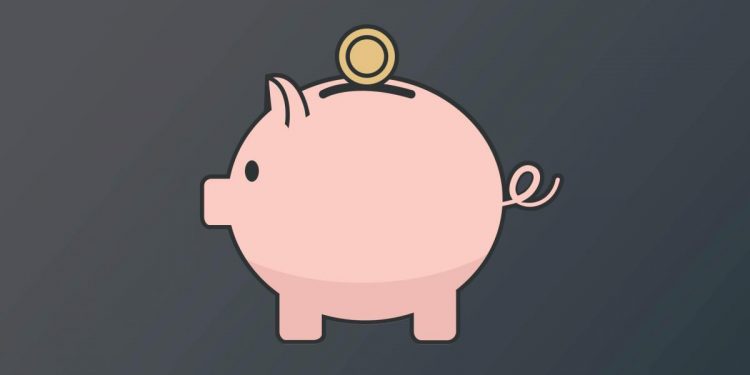
The Bank of Canada has hundreds of publications, research articles and educational resources available on its website.
Need a little explaining?
The Bank’s Explainers series helps you to clearly understand the key functions of the Bank as well as basic economic concepts that all central banks must address.
If you’re feeling overwhelmed by vocabulary and key concepts, we understand. The Bank of Canada’s glossaries help you fill in the blanks:
We all play a role in the economy
Each of our individual actions contributes to the larger economy. From buying apples to buying houses, our economic decisions help shape the economy, which in turn helps shape the world around us. Your part in the economy, along with the Bank of Canada’s role, is explained in this animated video.
The Bank of Canada Museum has many videos explaining what the Bank does and how the economy works.
Show your students the video and review the following questions as a whole class or in small groups:
- What is the Bank of Canada’s role in the economy?
- What are the Bank of Canada’s functions, and how do these differ from the functions of other banks?
- How would you connect your day-to-day activities to the larger economy?
- If everyone has a role to play in the Canadian economy, how can you help the recovery?
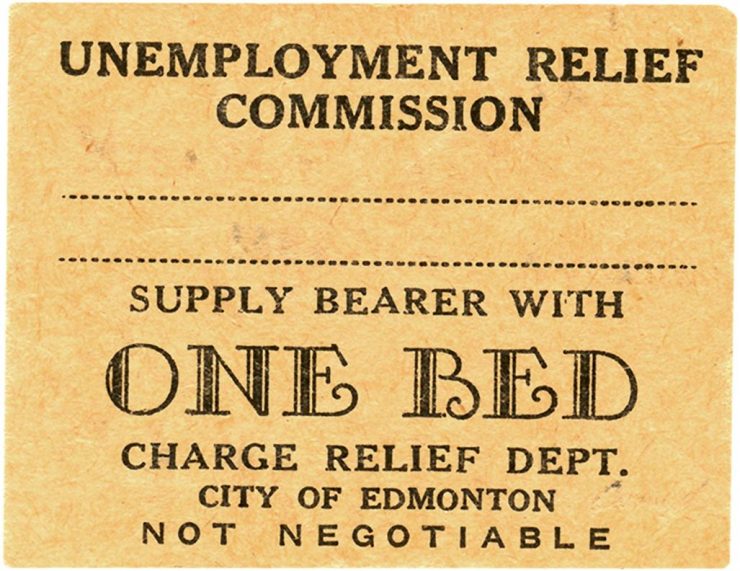
Unlike during the Great Depression, we probably don’t need this sort of social assistance in the current economic slowdown.
Is the economic outlook of the COVID-19 pandemic like that of the Great Depression?
Are you and your students wondering about parallels between the Great Depression and the current pandemic?
This article from the Canadian Foundation for Economic Education provides a great overview of the differences between now and then. Spoiler alert: we know a lot more today about how to stabilize the economy than we did in the 1930s. In fact, the Bank of Canada was created as a response to the Great Depression!
The pandemic has prompted many other news articles and opinion pieces on the state of our current economy and our prospects for rebuilding it. Explore these with your students. They are a way of helping make sense of COVID-19’s broader impact on our economy. Most importantly, you can use the articles to discuss with your students what they think the future will look like.
Crunching the numbers
If you’re looking for numbers to crunch and data to explore, Statistics Canada (StatsCan) is a good place to start. StatsCan has published a number of interesting reports on the impact of the COVID-19 pandemic. Review their infographic on the state of Canadians’ mental health and well-being during COVID-19 to start a class conversation on mental health and different coping strategies.
For a deeper read, The Canadian Economic Dashboard features interactive graphs, tracking monthly changes since the start of the pandemic. Data include changes in the gross domestic product, international trade, and the travel and retail sectors. Have your students think like statisticians and brainstorm what data points would be helpful to better understand how the pandemic has affected our economy.
Making history
We are living through a historically significant time. Such worldwide economic and societal upheavals are rare occurrences in our lives—or even in the lives of our parents. Today’s students have an opportunity to learn about a major historical event as it’s happening. And the Bank of Canada Museum is more than happy to help.
The Museum Blog
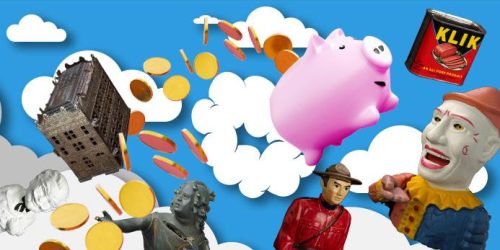
Speculating on the piggy bank
Ever since the first currencies allowed us to store value, we’ve needed a special place to store those shekels, drachmae and pennies. And the piggy bank—whether in pig form or not—has nearly always been there.
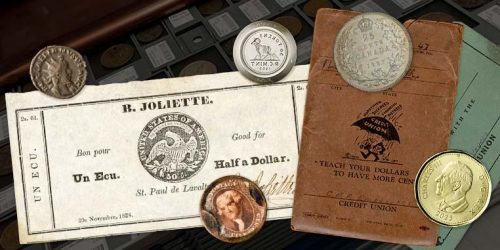
New acquisitions—2024 edition
Bank of Canada Museum’s acquisitions in 2024 highlight the relationships that shape the National Currency Collection.
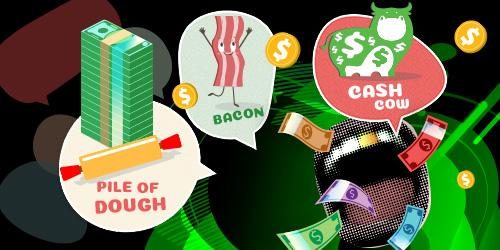
Money’s metaphors
Buck, broke, greenback, loonie, toonie, dough, flush, gravy train, born with a silver spoon in your mouth… No matter how common the expression for money, many of us haven’t the faintest idea where these terms come from.
